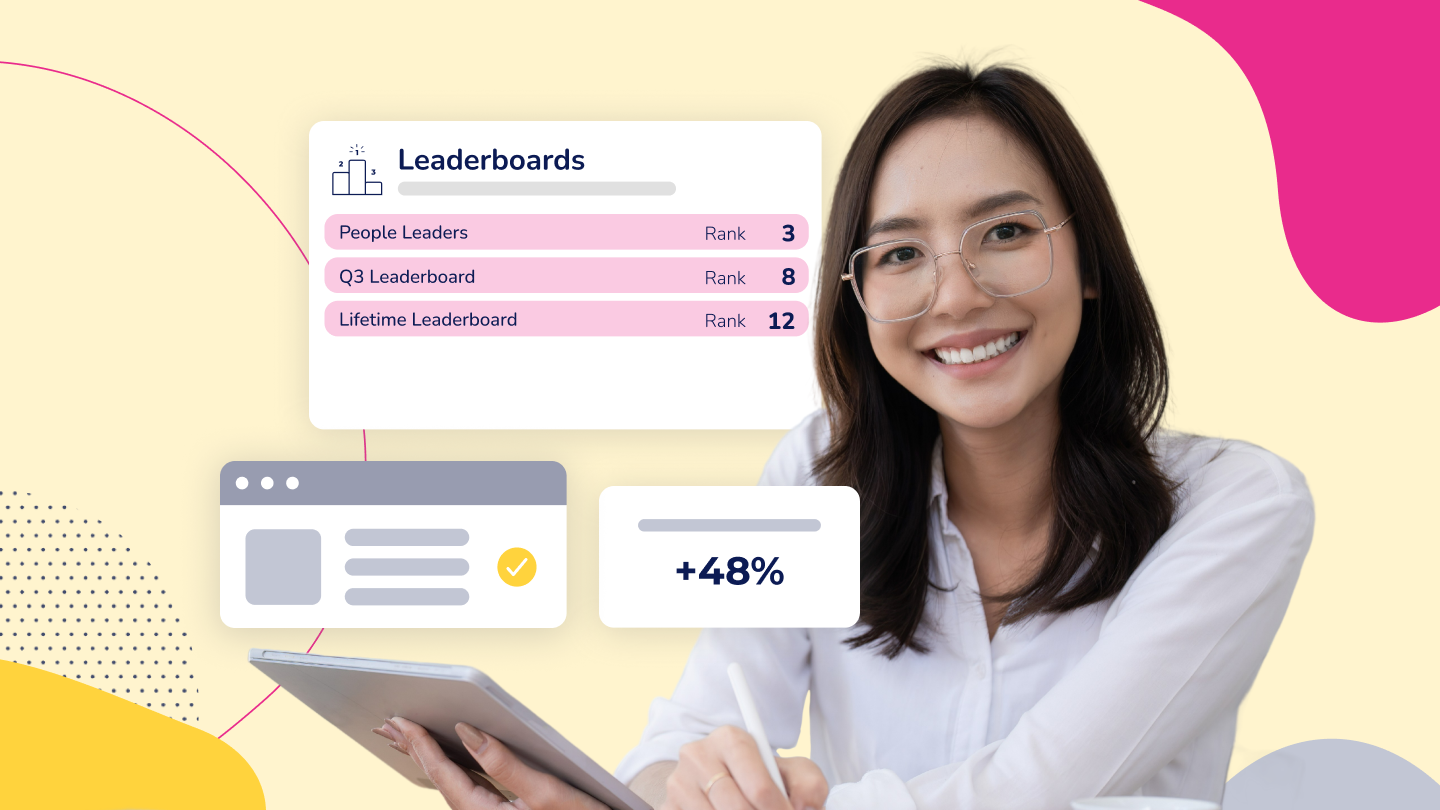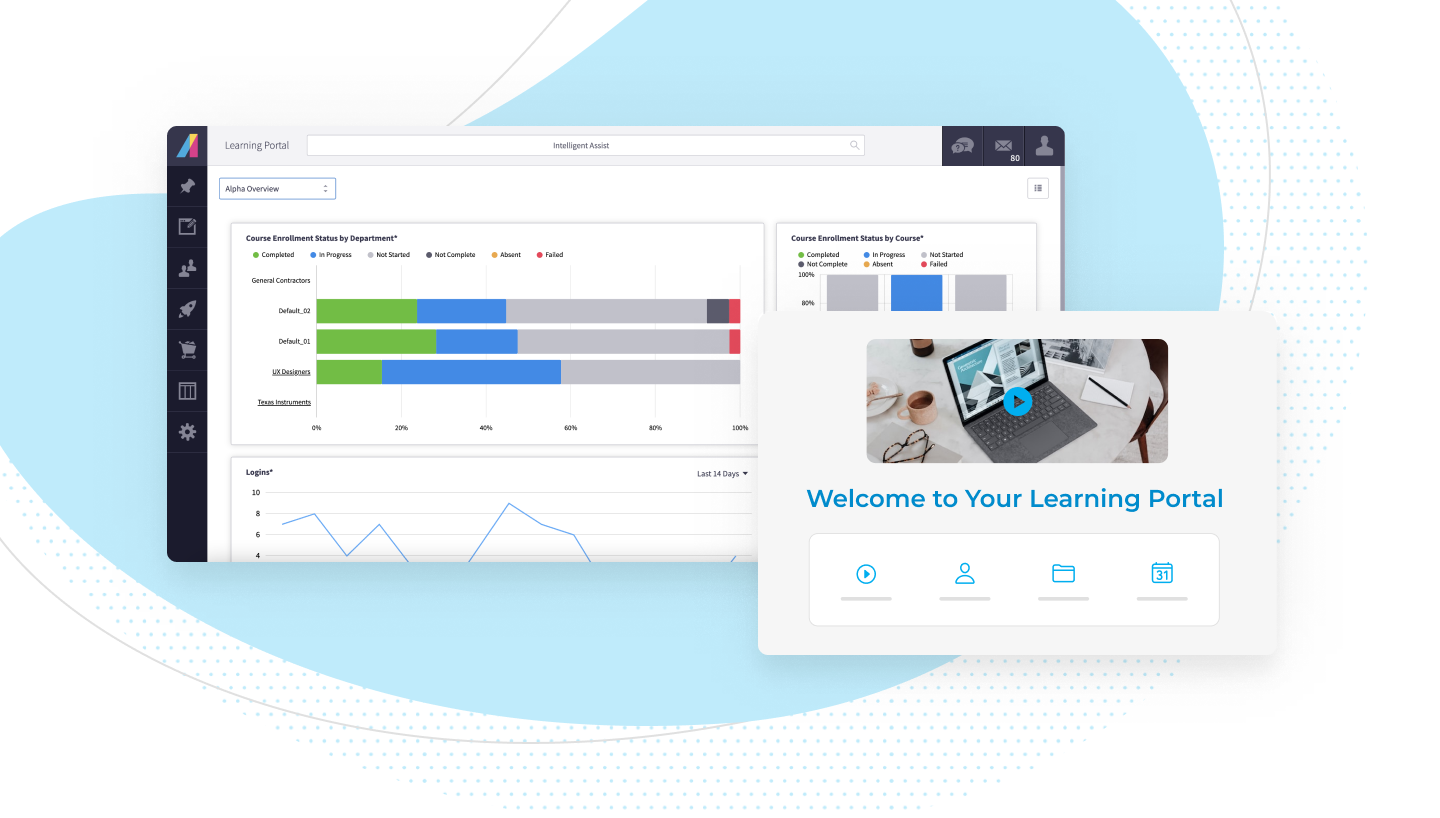As companies continue to compete locally and globally, learning and development programs become more critical to keeping staff properly skilled, motivated and engaged. Effectively conveying that importance becomes a primary task for chief learning officers and L&D professionals if organizations are to succeed. Smart internal marketing techniques can sustain employee engagement by promoting the importance of continual learning. Here are four best practices to elevate your LMS internal marketing.
1. Lay out clear objectives
Companies should first develop clear, interactive training objectives and strategies. Understand your "buyer's journey" when developing your internal marketing. In this case, your buyer is your staff. Identify the steps necessary to attract, retain and engage your employees in the LMS experience, with engagement being your focal point. To engage your employees, focus on your team's LMS experience. Ensure the training you choose ties back to both your organization's and your employee's objectives. When training is relevant and useful, it will be retained and applied. This builds trust and makes it easier to deepen learning relationships with your employees, delivering value for the worker and the business.
2. Promote & elevate engagement
The way people communicate and learn now are vastly different than just five years ago. Employers should identify how to most effectively promote and elevate engagement in their internal LMS platforms. First, consider your employees: their company roles, needs and pain points. By evaluating your learner pool, companies can identify the "buyer persona," detailing their employees' behaviors, attitudes and motivations. By understanding the learner's communication preferences, employers can better create LMS programs that will inform and engage their employees. For example, you might consider driving more traffic to your internal LMS through email, blogs and social media. Additionally, you may give access to your LMS training through a social media portal, allowing your employees to train anytime, anywhere. Deciding how to deliver the message is just as important as the message itself.
3. Create an ongoing schedule & plan
Once you identify your audience and create your strategic communication plan, you can't stop there. Companies should create a schedule to continuously carry out their plan to elevate the culture of learning at the organization. The importance and benefits of scheduling content cannot be underestimated. Marketing messages must be heard at least seven times in 18 months before becoming aware of the product or service, as reported by Talented Ladies Club. This is no different for your employees and your internal LMS training. Sticking to an ongoing schedule will help you convert more employees into engaged LMS users, but this takes work and an ongoing internal marketing campaign. Host a kick-off. Create a social media calendar. Launch a newsletter. Optimize your blog content. Boast about your employees who have participated. But don't stop there. To get the word out to your team, your communication should be ongoing as opposed to a one-time event.
4. Make LMS training worth the effort
When launching a new technology, like an LMS platform, users may minimize its benefits because they don't want to fumble through learning new technology. To help with the adoption process, schedule training sessions that empower employees to get hands-on experience. If your LMS system is easy and intuitive, the training will be seamless and effective. The distance to benefit will be that much quicker. Your internal marketing can heighten this reality, reducing resistance to your scheduled trainings. With these LMS best practices, CLOs and L&D professionals can engage their employees in their training initiatives. And by finding the right LMS partner, you'll ensure that your organization will continue to grow, thrive and succeed.







